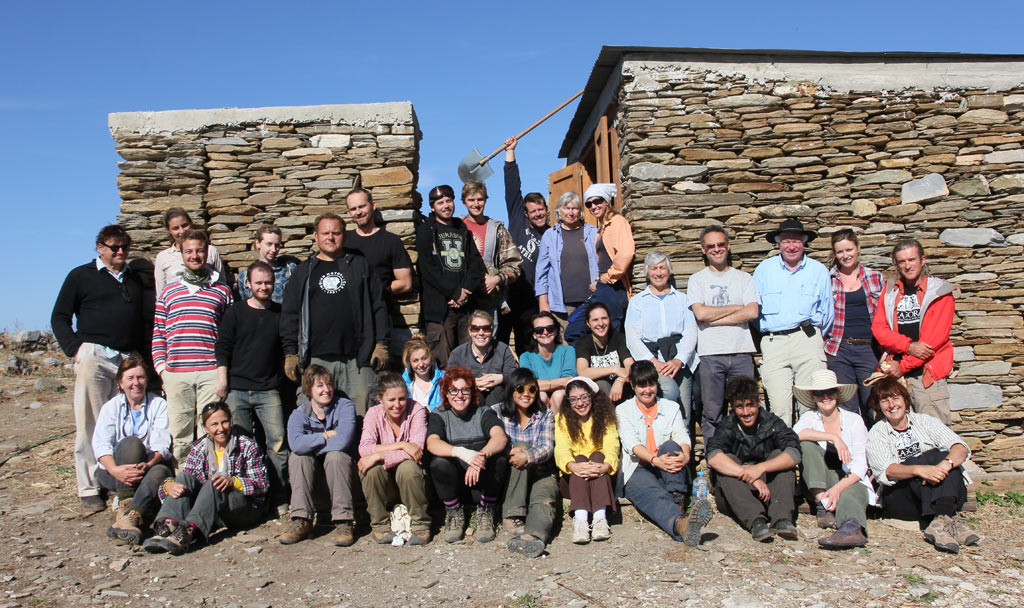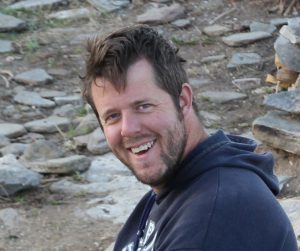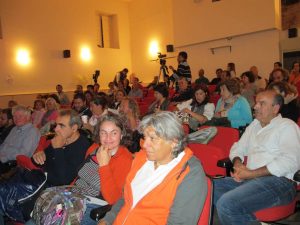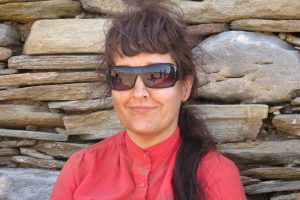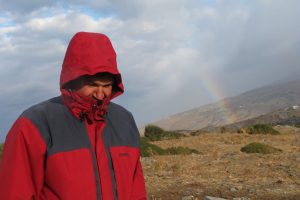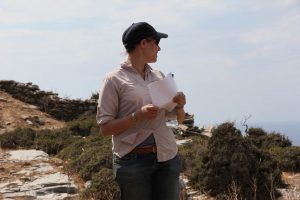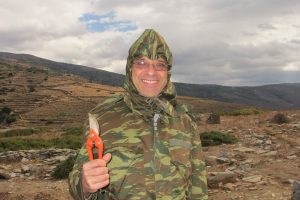Trowel tales and true – Annette Dukes
Answer text by Annette Dukes
Posted by Irma Havlicek
Powerhouse Museum Web Producer
I sent a list of questions to our Zagora 2013 participants to get an idea of why they participated in Zagora 2013. Here is the reply from Annette Dukes, a 2013 Zagora volunteer:
Why did you want to work on Zagora?
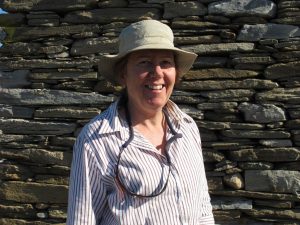
We all have “bucket lists” – the things we wish we could do. I had always wanted to be part of a dig team, and I had my first opportunity last year and am now hooked. Money, opportunity and time permitting I intend to attend as many as possible. After returning from volunteering on the excavations at Paphos, Cyprus, last year, I joined the Friends of the Nicholson Museum. I am also a member of Australian Archaeological Institute at Athens (AAIA) and Near Eastern Archaeological Foundation (NEAF) which gives me the opportunity to attend many interesting lectures and information events. It was at one of these events that I found out about the project at Zagora. I also had conversations with friends who had been to the excavation last year (2012) and so was keen to be part of the project.
